
10 Common SaaS SEO Mistakes And How To Avoid Them In 2024
Cotgin Analytics
08-Aug-2024
Good search engine optimization (SEO) is important for creating new leads, promoting conversions, and maximizing organic traffic in the competitive world of software as a service (SaaS). Keeping a competitive edge in the ever-changing digital market needs a deep understanding of SEO best practices and the ability to find typical errors. Even skilled marketers are susceptible to pitfalls that can harm their online exposure and SEO company success.
In order to make sure your SaaS company succeeds in 2024, you must find and fix these errors. This tutorial aims to examine ten common SaaS SEO errors and offer best solutions to prevent them. You can better your website's search engine results, draw in more targeted consumers, and eventually achieve sustainable growth by taking care of these problems. This thorough guide will give you the knowledge you need to successfully negotiate the complications of SaaS SEO, regardless of whether you're new to SEO or trying to better your current approach.
Ignoring Keyword Research
Mistake: A lot of SaaS providers undervalue keyword research, which results in poor search engine ranks and inefficient targeting.
Solution: Find out what appropriate terms your target consumer is looking for by conducting in depth keyword research. To identify high volume, low competition keywords, use technologies such as Ahrefs, SEMrush, and Google's Keyword Planner. Keep on generating content around long tail keywords that precisely represent user intent.
Neglecting Technical SEO
Mistake: Avoiding technical SEO can lead to a website that performs badly, which makes it harder for search engines to index and crawl your website.
Solution: Ensure the frame of your website is clear and searchable. Improve the loading speed of your website, repair broken links, make an XML sitemap, and make advantage of schema markup. Check your website frequently for technical problems and fix them right away.
Overlooking Mobile Optimization
Mistake: Not optimizing for mobile devices might result in subpar user experience and decreased search engine ranks.
Solution: The response is to use a reactive design that can be changed to fit different screen sizes. Make sure your website is user friendly and loads easily on mobile devices. To check whether your website is mobile friendly, use Google's Mobile-Friendly Test tools and technologies.
Producing Low-Quality Content
Mistake: Discharging readers with shallow and dull content might undermine your search engine optimization efforts.
Solution: Concentrate on creating excellent, educational, and captivating content that speaks to the problems that your target user is facing. By doing in depth research and incorporating statistics, case studies, and professional ideas. To maintain your data valuable and current, update it regularly.
Ignoring On-Page SEO
Mistake: Your search engine rankings can get harmed if you ignore on page SEO components like header tags, meta explanation, and title tags.
Solution: Use intended keywords in your header tags, title tags, meta descriptions, and URL frames to better your on-page SEO. Make sure you utilize headers and subheadings correctly to organize your data.
Failing to Build Quality Backlinks
Mistake: Not prioritizing backlink building can limit your site's authority and search engine rankings.
Solution: Develop a strategic approach to building high-quality backlinks. Meet the industry influencers, write guest posts on best sites, and generate shareable content that naturally attracts links. Avoid black hat SEO tactics like purchasing links, as they can result in fines.
Neglecting User Experience (UX)
Mistake: A bad user experience can raise bounce rates and have a damaging effect on your SEO results.
Solution: make sure your website loads easily, is visually appealing, and is easy to use. Then, concentrate on providing users with an amazing experience. Monitor user activity with tools like Google Analytics to find areas that need improvement.
Not Utilizing Data Analytics
Mistake: Make the mistake of not tracking and analyzing your SEO efforts to avoid missing out on optimization chances.
Solution: Use tools like Google Analytics and Google Search Console to regularly check your SEO performance. Keep an eye on necessary data like keyword rankings, bounce rate, conversion rate, and organic traffic. Use this data to make your decisions and improve your SEO approach.
Ignoring Local SEO
Mistake: Ignoring local search engine optimization can keep you from connecting with local clients.
Solution: By adding place specific keywords, setting up a Google Business profile, and getting user reviews, you may use your website for local search. Make sure your NAP (name, address, and phone number) is the same and correct on all websites.
Focusing Only on Search Engines
Mistake: If you create content with search engines as your first priority instead of your audience, it may not captivate and convert them.
Solution: Always put the user experience first, even when search engine optimization is crucial. Produce useful content that addresses issues and offers solutions. Creating relationships and trust with your user by connecting with them on social media, in forums, and through email marketing.
Conclusion
In order to evade major SaaS SEO setbacks in 2024, one must be proactive and strategic. You may increase your website's search engine ranks significantly by concentrating on doing in depth keyword research, perfecting technical SEO, ensuring it is mobile friendly, and generating excellent content. Don't undervalue the significance of enhancing user experience, generating good quality backlinks, on page SEO, and using information analytics to guide your approach. For you to efficiently reach your target demographic, local SEO and user interaction are also essential.
By putting these best practices into effect, your SaaS company will grow sustainably, draw in more organic visitors, and remain one step ahead of the competition. To successfully navigate the always shifting digital terrain, constant optimization and ongoing learning are essential. You may improve your SEO performance, raise your online profile, and produce significant outcomes by fixing these typical errors. Ultimately, putting money into a thorough SEO plan will help your company achieve its objectives and ensure long-term success.
Read Also - How To Create 3D Social Media Images
Other Recent Blog

What Is Generative Engine Optimization (GEO)?
Cotgin Analytics |14-Oct-2024

Best Digital Marketing Strategies For Healthcare Industry
Cotgin Analytics |10-Oct-2024

Benefits Of Personalized Marketing For Your Business
Cotgin Analytics |08-Oct-2024

A Step-By-Step Guide To Create Google Web Stories In WordPress
Cotgin Analytics |26-Sep-2024
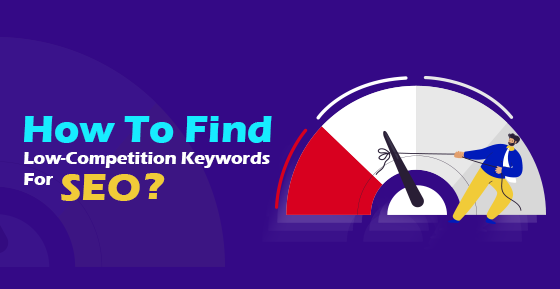
How To Find Low-Competition Keywords For SEO?
Cotgin Analytics |23-Sep-2024

10 Free Ways To Promote Your Business
Cotgin Analytics |19-Sep-2024

Top Digital Marketing Strategies For B2C Brands
Cotgin Analytics |17-Oct-2024

How To Increase Engagement On Instagram?
Cotgin Analytics |16-Sep-2024
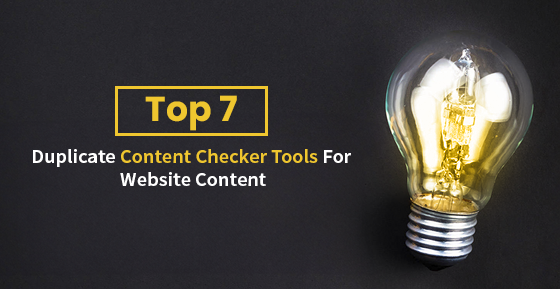
Top 7 Duplicate Content Checker Tools For Website Content
Cotgin Analytics |13-Sep-2024

10 Tips to Create A High-Performing PPC Campaign
Cotgin Analytics |09-Sep-2024

6 Digital Marketing Strategies For Startups
Cotgin Analytics |06-Sep-2024

What Is Core Web Vitals And How To Audit Them?
Cotgin Analytics |03-Sep-2024

List Of All Facebook Offices In India
Cotgin Analytics |22-Aug-2024

Digital Marketing Strategy For Manufacturing Companies
Cotgin Analytics |13-Nov-2024

What Is B2B SEO? And Tips To Build Your B2B SEO Strategy?
Cotgin Analytics |11-Nov-2024

Best Digital Marketing Strategies For Doctors
Cotgin Analytics |06-Nov-2024

Top 10 Digital Marketing Strategies For Travel Agencies In India
Cotgin Analytics |30-Aug-2024

How To Increase Website Authority?
Cotgin Analytics |26-Aug-2024
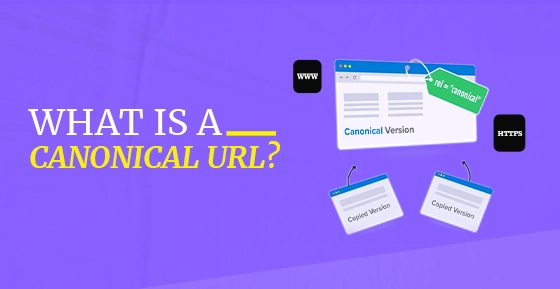
What Is A Canonical URL?
Cotgin Analytics |20-Aug-2024

Does Your Domain Name Affect Your SEO?
Cotgin Analytics |14-Aug-2024

10 Tips For Writing Headlines That Boost Your Click-Through Rate
Cotgin Analytics |12-Aug-2024

10 Common SaaS SEO Mistakes And How To Avoid Them In 2024
Cotgin Analytics |08-Aug-2024

How To Create 3D Social Media Images?
Cotgin Analytics |06-Jun-2024

What Is Spam Link And How To Avoid Spam Links On Your Website?
Cotgin Analytics |01-Aug-2024

How To Increase Organic Traffic On Your Website?
Cotgin Analytics |30-Jul-2024

9 Tips To Optimize Crawl Budget For SEO
Cotgin Analytics |25-Jul-2024

Best Social Media Management Tools In 2024
Cotgin Analytics |23-Jul-2024

How To Write High-Quality Content in 2024
Cotgin Analytics |15-Jul-2024

8 Proven Strategies For Conversion Rate Optimization
Cotgin Analytics |04-Jul-2024

8 Effective Social Media Marketing Strategies For Business Growth
Cotgin Analytics |26-Jun-2024

The Best e-Commerce Market Places for Business - Leading Platforms
Cotgin Analytics |18-Jun-2024

The Future of Blockchain Technology in Digital Marketing
Cotgin Analytics |11-Jun-2024

Different Types of Featured Snippets - A Shortcut to the Top of Google
Cotgin Analytics |04-Jun-2024

Future of SEO: Expect from Google's AI Updates
Cotgin Analytics |28-May-2024

Exploring the Digital World - with the Help of Digital Marketing Strategy
Cotgin Analytics |21-May-2024
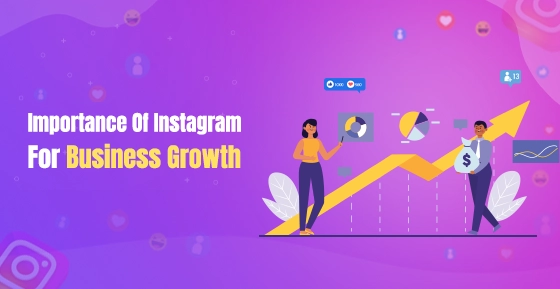
Instagram for Business - Grow Your Business and Drive Results
Cotgin Analytics |14-May-2024
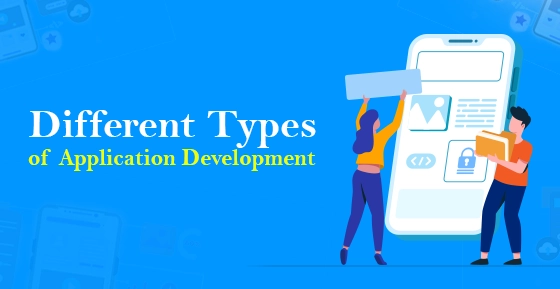
Types of Mobile App Development Services - the Era of 5G
Cotgin Analytics |06-May-2024

Best AI Tools for Business Marketing and Success
Cotgin Analytics |29-Apr-2024

How To Increase Blog Engagement & Drive More Interaction?
Cotgin Analytics |08-Apr-2024
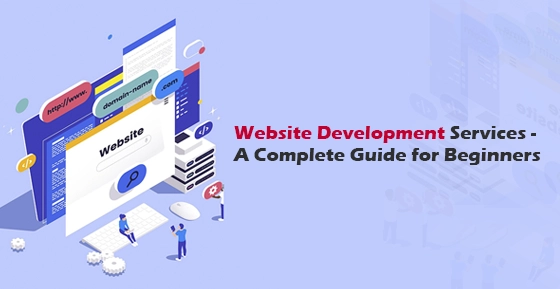
Website Development Services: A Comprehensive Guide
Cotgin Analytics |03-Apr-2024
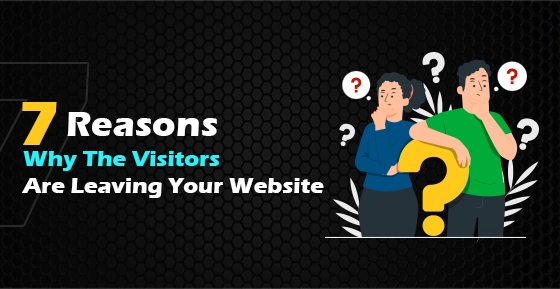
7 Reasons Why Your Website Has A High Bounce Rate
Cotgin Analytics |01-Apr-2024

7 Ways To Increase Your Mobile App Downloads
Cotgin Analytics |28-Mar-2024

10 Email Marketing Strategies To Maximize Your Earnings In 2024
Cotgin Analytics |26-Mar-2024

Importance of Link Building For the Success of your Website
Cotgin Analytics |22-Mar-2024

Useful ChatGPT Prompts To Create An Outstanding Mobile Application
Cotgin Analytics |21-Mar-2024

How To Increase Conversion Rate From Landing Page?
Cotgin Analytics |18-Mar-2024

What Digital Marketing Company Should Know About Google’s Core Updates 2024?
Cotgin Analytics |15-Mar-2024

What To Keep In Mind While Redesigning A Website?
Cotgin Analytics |12-Mar-2024

Top 8 Video Marketing Strategies To Grow Your Business
Cotgin Analytics |08-Mar-2024

Why Business Need Omnichannel Strategy?
Cotgin Analytics |06-Mar-2024

Mastering In LinkedIn Advertising :Tips to Targeting B2B Audiences
Cotgin Analytics |04-Mar-2024

Web Development Technologies To Use In 2024
Cotgin Analytics |01-Mar-2024

Best Content Marketing Trends You Need To Know In 2024
Cotgin Analytics |28-Feb-2024

Emerging Digital Marketing Trends You Must Know
Cotgin Analytics |26-Feb-2024

Top Technologies For Metaverse Development
Cotgin Analytics |23-Feb-2024

Features You Must Consider In ECommerce Website
Cotgin Analytics |21-Feb-2024

Best 10 SEO Tools to Improve Ranking
Cotgin Analytics |15-Feb-2024

How To Optimize Google My Business Profile To Accelerate Growth?
Cotgin Analytics |14-Feb-2024

How Is SEO Different From PPC?
Cotgin Analytics |01-Feb-2024

Which Is Better For Your Website Wordpress Or PHP?
Cotgin Analytics |19-Jan-2024

Best 9 Ways To Decrease Cost Per Leads In Google Ads Campaign
Cotgin Analytics |16-Jan-2024

Why Is E-Learning App Important For Education In 2024?
Cotgin Analytics |12-Jan-2024

How CRM Can Help Your Business To Boost Sales?
Cotgin Analytics |11-Jan-2024

How To Choose Ecommerce Website Design Company For Online Store?
Cotgin Analytics |03-Dec-2023

Top Reasons Why Your Business Needs SEO
Cotgin Analytics |05-Nov-2024
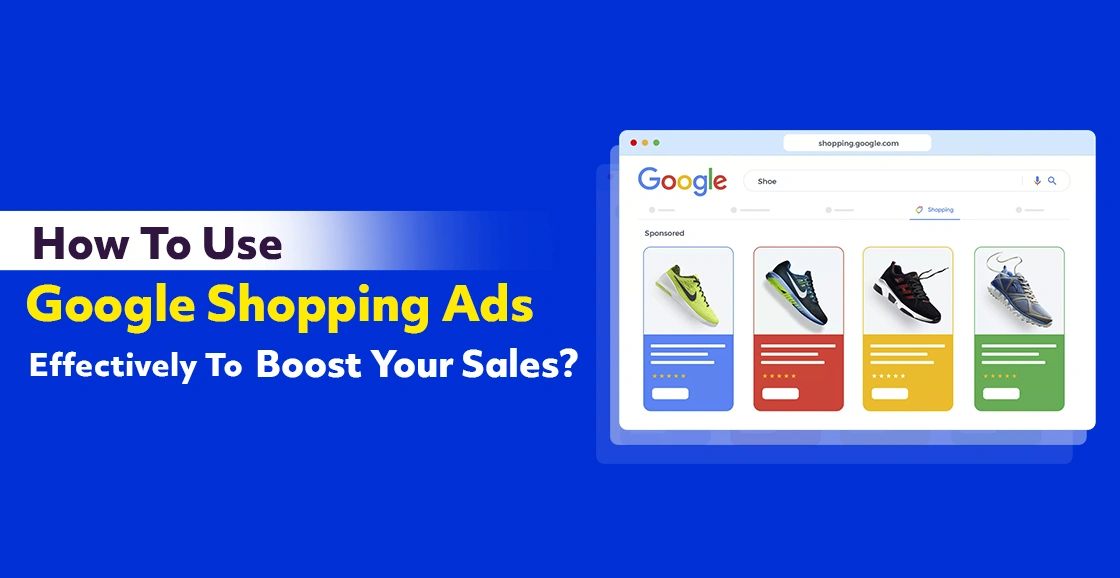
How To Use Google Shopping Ads Effectively To Boost Your Sales?
Cotgin Analytics |09-Dec-2024
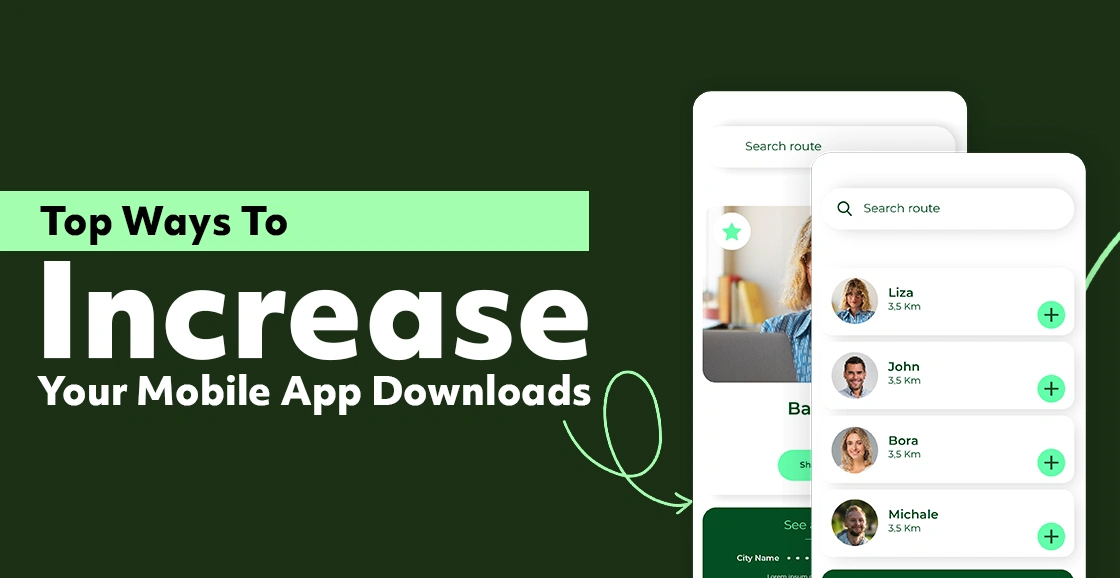
Top Ways To Increase Your Mobile App Downloads
Cotgin Analytics |18-Dec-2024

Why Do Companies Spend On Advertising?
Cotgin Analytics |26-Dec-2024

Optimizing H1 Tags For Better SEO Results
Cotgin Analytics |03-Jan-2025

Why Laravel Is The Key To Your Next Successful Web Project?
Cotgin Analytics |07-Jan-2025

Advantages Of WordPress Development In 2025
Cotgin Analytics |10-Jan-2025

What Is The Importance Of SEO For An E-commerce Website?
Cotgin Analytics |14-Jan-2025

What Is The Difference Between UI/UX Design And Web Design?
Cotgin Analytics |16-Jan-2025

Why Your Business Needs A Professional Logo Design?
Cotgin Analytics |20-Jan-2025

How To Become Great IN Content Writing?
Cotgin Analytics |23-Jan-2025

Digital Marketing Tips For Law Firms
Cotgin Analytics |29-Jan-2025

What Are The Benefits Of Laravel Development?
Cotgin Analytics |31-Jan-2025

Web Design Services: Your Gateway To Digital Success
Cotgin Analytics |04-Feb-2025

Transform Your Website With A Premier PHP Web Development Company In Delhi
Cotgin Analytics |07-Feb-2025

Top Google Ads Trends You Cannot Ignore In 2025
Cotgin Analytics |13-Feb-2025

What Is A Landing Page And How Would You Use It?
Cotgin Analytics |14-Feb-2025

Maximize Your Social Media Impact With SMO Techniques
Cotgin Analytics |19-Feb-2025

Common Google Ads Mistakes And Process To Avoid Them
Cotgin Analytics |24-Feb-2025

How To Improve Website Performance?
Cotgin Analytics |27-Feb-2025

How Content Writing Services Can Transform Your Online Presence?
Cotgin Analytics |03-Mar-2025

What Is The Main Purpose Of Chatbot?
Cotgin Analytics |10-Mar-2025

What Is Organic Traffic? & How To Drive It To Your Website?
Cotgin Analytics |12-Mar-2025

Mastering Responsive Website Design For Better Performance
Cotgin Analytics |17-Mar-2025

How A WordPress Development Agency Can Elevate Your Online Presence?
Cotgin Analytics |21-Mar-2025

Why Your Business Needs A UI/UX Design Agency In 2025?
Cotgin Analytics |24-Mar-2025

How An SEO Agency In Delhi Can Elevate Your Search Ranking?
Cotgin Analytics |27-Mar-2025

Innovative Logo Design Services In Delhi To Boost Your Business
Cotgin Analytics |31-Mar-2025

The Importance Of Regular Website Maintenance For Long-Term Growth
Cotgin Analytics |03-Apr-2025

Google Ads vs. Facebook Ads: What Works Best For Brand Growth?
Cotgin Analytics |08-Apr-2025

Boost User Engagement With Dynamic Website Designing In 2025
Cotgin Analytics |11-Apr-2025

Mobile-Friendly E-commerce Design: Why It Matters More Than Ever?
Cotgin Analytics |15-Apr-2025

Future-Proof Your Business With A Website Development Agency
Cotgin Analytics |18-Apr-2025

Best Content Marketing Trends For 2025
Cotgin Analytics |22-Apr-2025

Best Features Offered By Website Development Companies In Noida
Cotgin Analytics |25-Apr-2025

How The Best SEO Company In Noida Can Grow Your Business?
Cotgin Analytics |29-Apr-2025

Power Up Your Website With Top SEO Experts In Defence Colony
Cotgin Analytics |02-May-2025

Difference Between Online Marketing & Offline Marketing
Cotgin Analytics |06-May-2025

The Role Of Graphic Design In Brand Success
Cotgin Analytics |09-May-2025

How Digital Marketing Helps Schools & Colleges Grow Online?
Cotgin Analytics |13-May-2025

Improve Your Hospital’s Online Presence With Smart SEO In 2025
Cotgin Analytics |16-May-2025
Brief us your requirements below, and let's connect.
